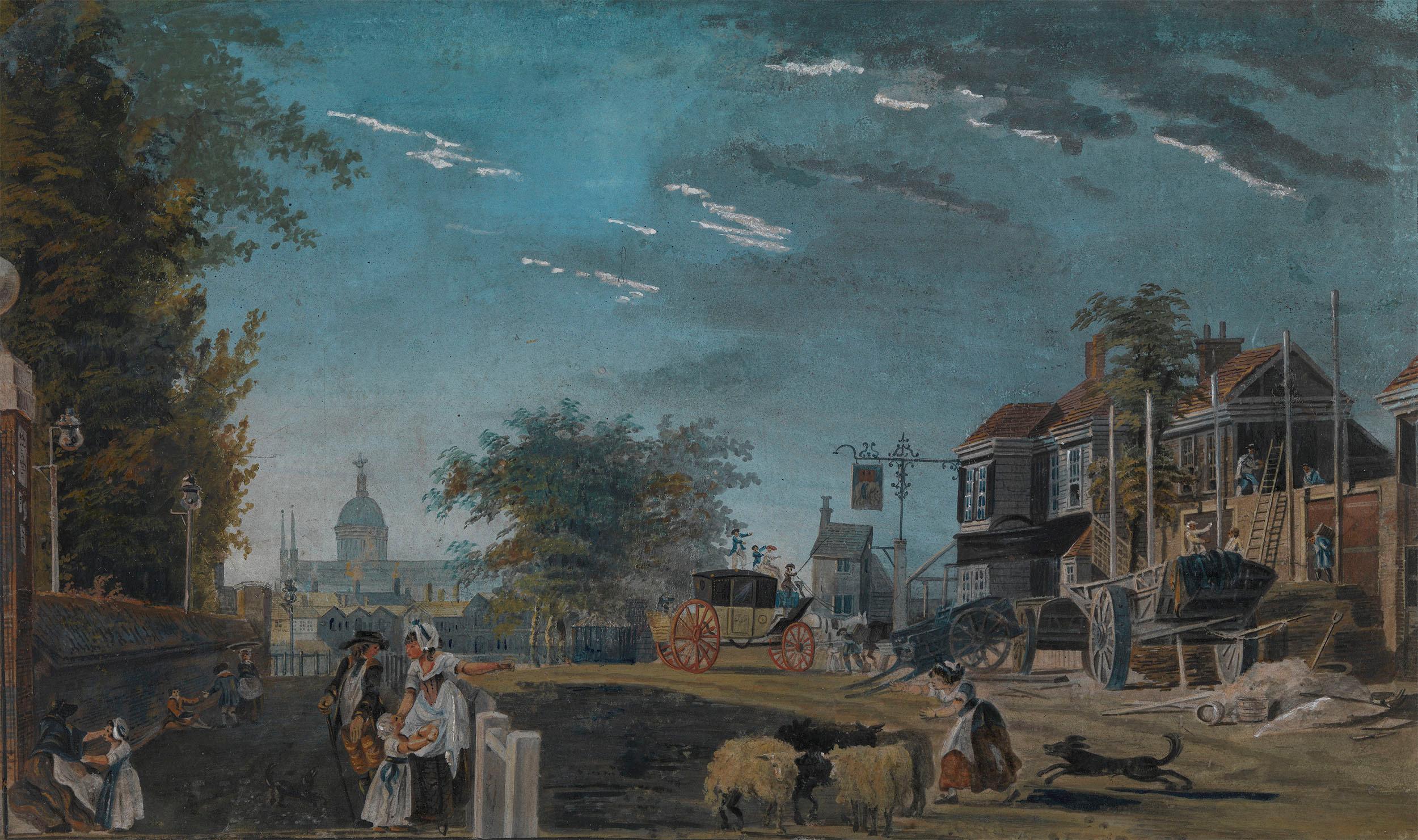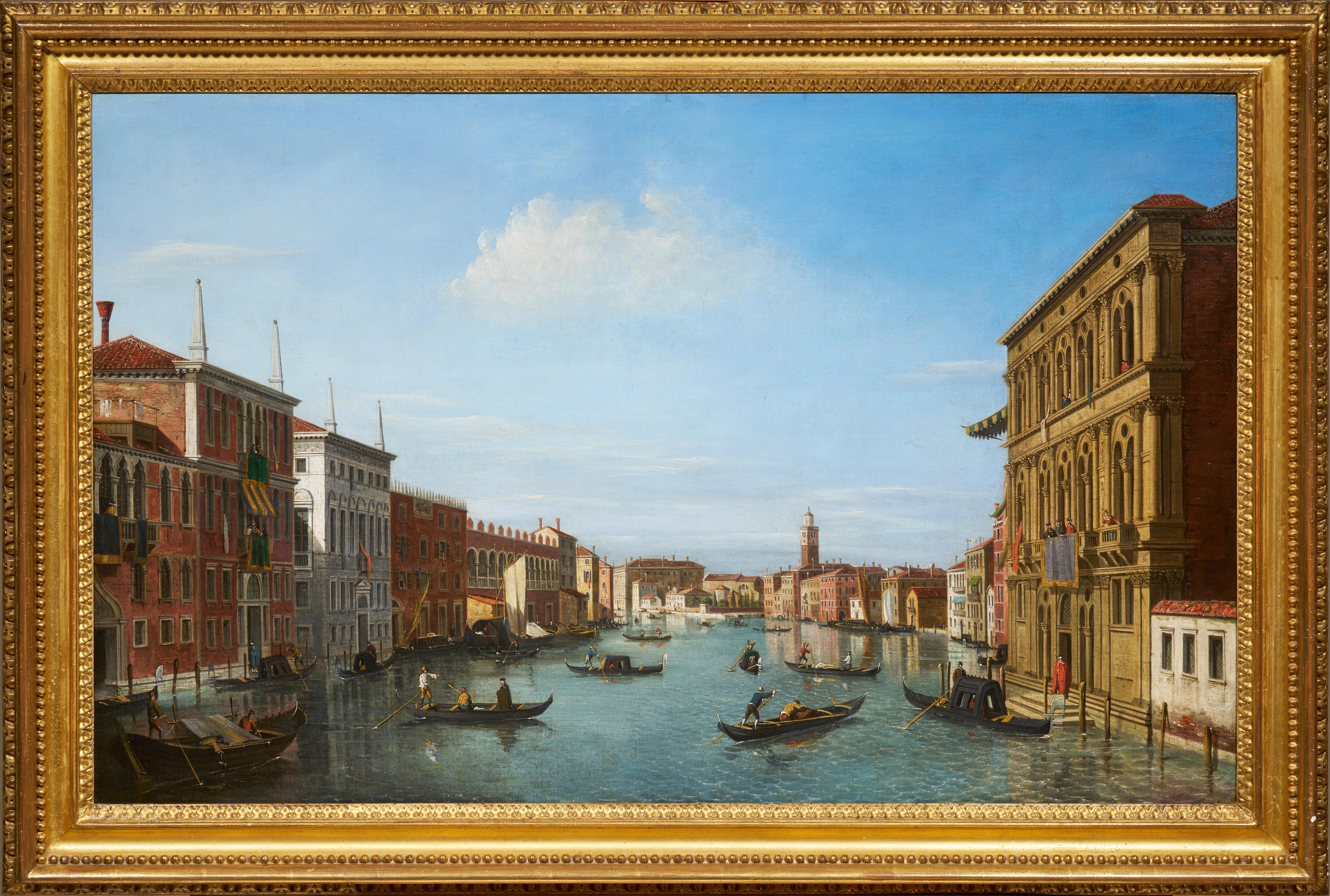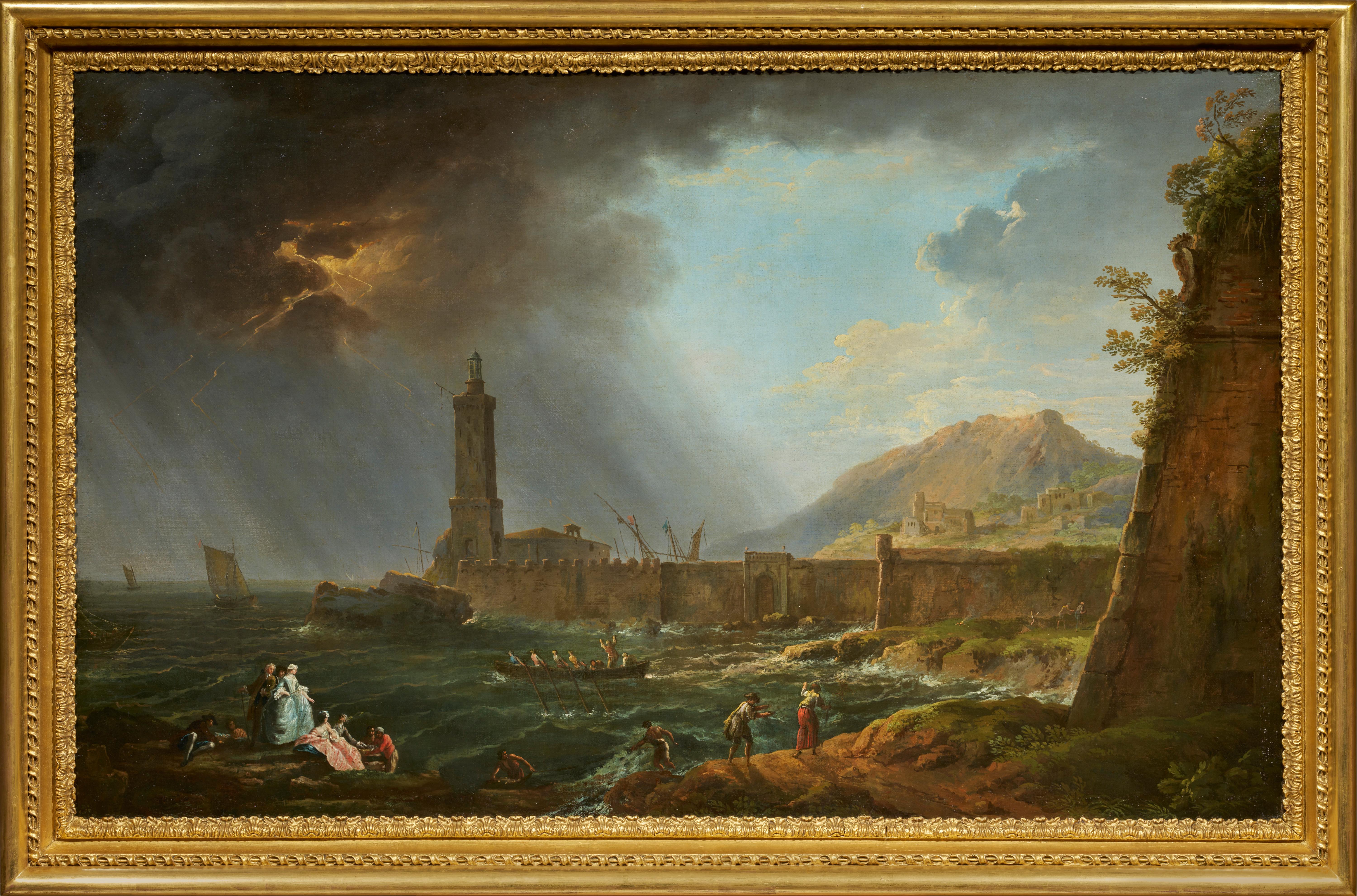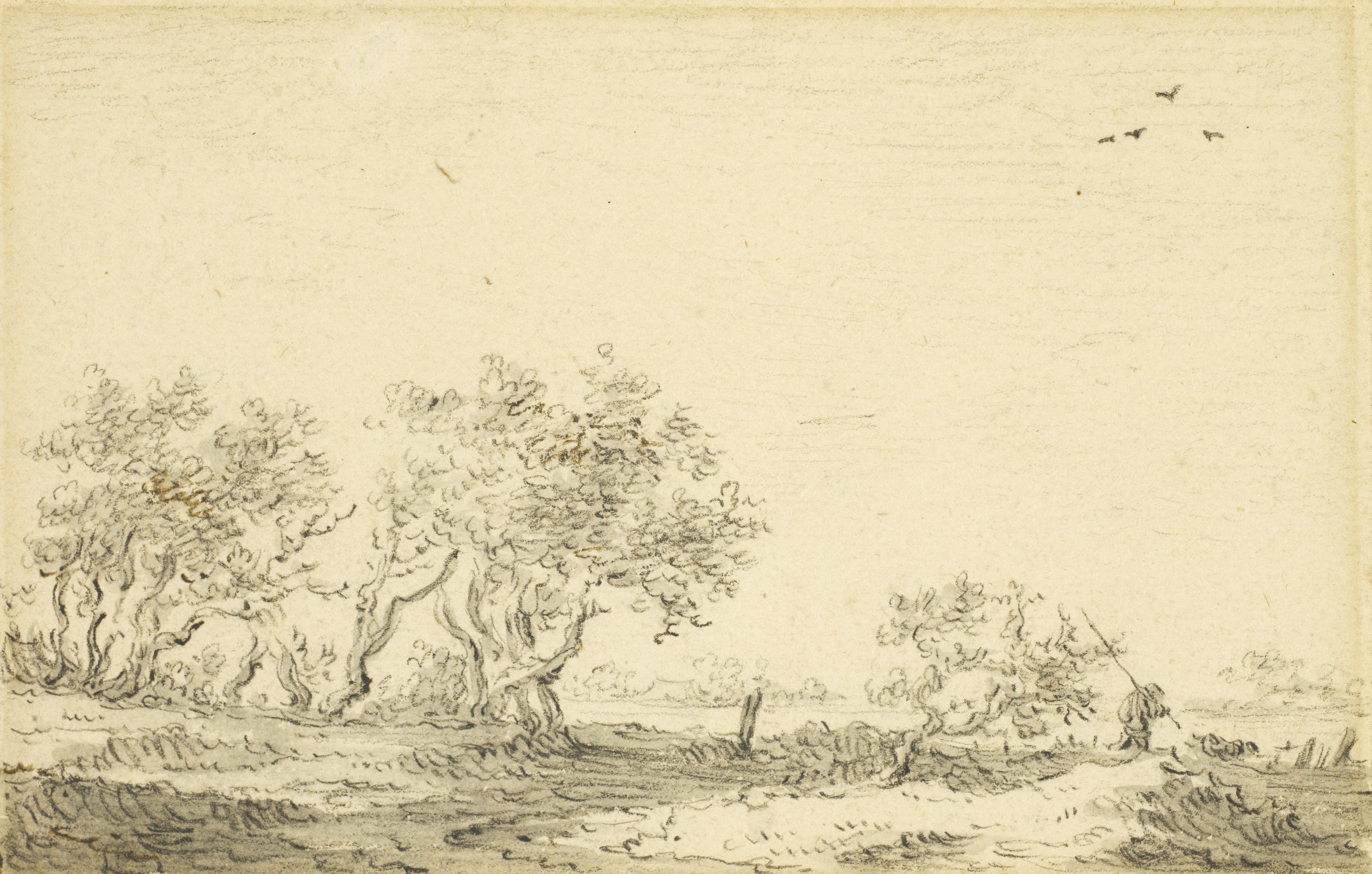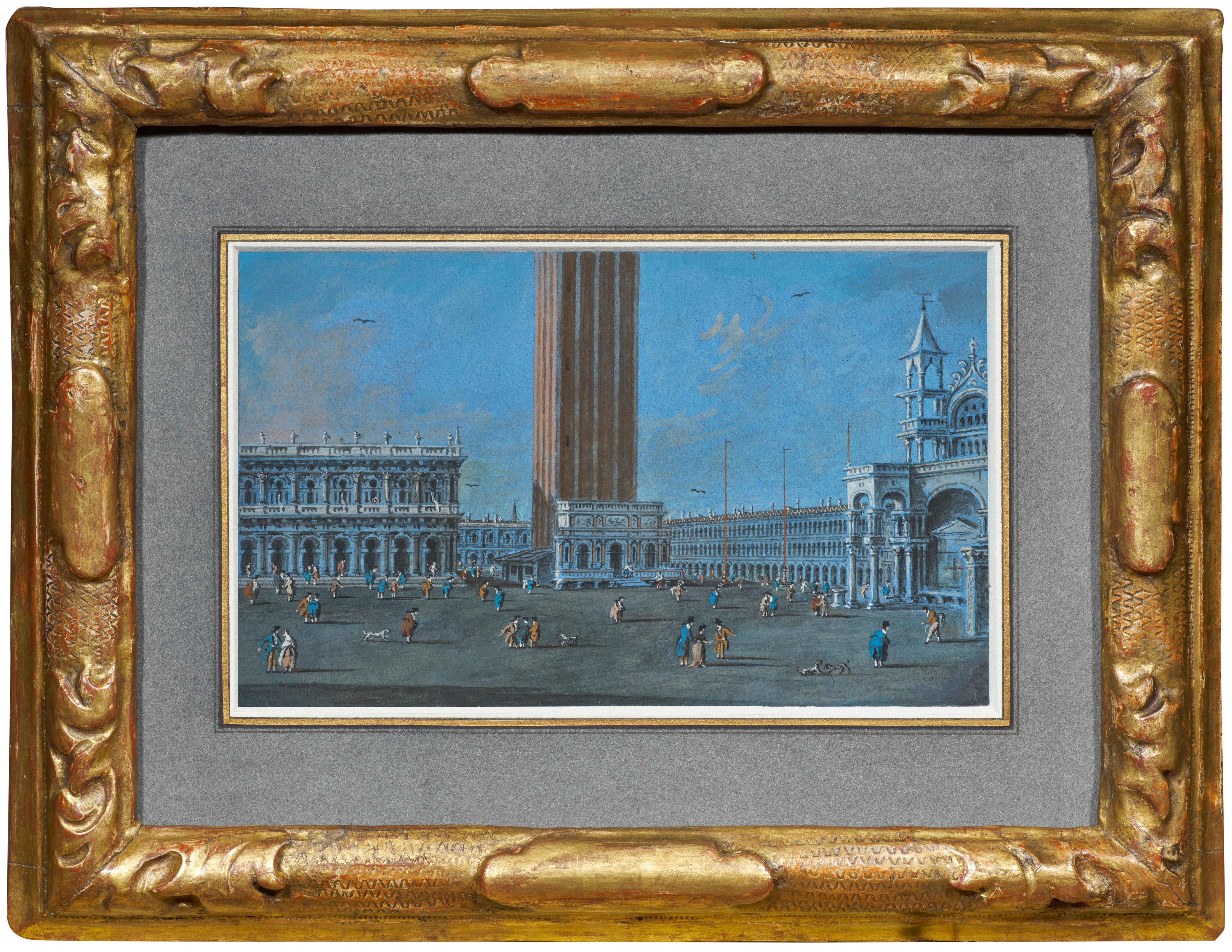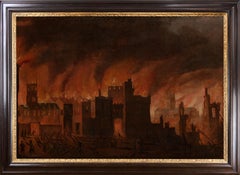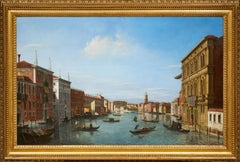
Landscape
View Similar Items
Want more images or videos?
Request additional images or videos from the seller
1 of 5
Rosa BonheurLandscapeCirca 1890
Circa 1890
About the Item
- Creator:Rosa Bonheur (1822-1899, French)
- Creation Year:Circa 1890
- Dimensions:Height: 9.45 in (24 cm)Width: 11.42 in (29 cm)
- Medium:
- Movement & Style:
- Period:
- Condition:
- Gallery Location:New York, NY
- Reference Number:1stDibs: LU2352931483
About the Seller
5.0
Gold Seller
These expertly vetted sellers are highly rated and consistently exceed customer expectations.
Established in 2009
1stDibs seller since 2015
366 sales on 1stDibs
More From This SellerView All
- The colors of the coveBy Natasha MillerLocated in New York, NYNatasha Miller is a Canadian artist living in Deer Island in the Atlantic Ocean! All of her paintings are done on the island capturing its unique and amazing landscape. Natasha is ma...Category
2010s Contemporary Landscape Paintings
MaterialsCanvas, Charcoal, Acrylic, Soot
- 50 shades of a grey dayBy Natasha MillerLocated in New York, NYCharcoal/ash/soot/acrylic on gallery wrapped canvas with sides finished black Natasha Miller is a self taught artist who was born and raised on Vancouver Island but now lives on a tiny island in the Bay of Fundy. Natasha has pioneered and specializes in a unique painting technique where she creates black and white silhouette seascapes and landscapes using a homemade maple charcoal\ash\soot compound from her mobile Italian wood fired pizza oven (Eco pizza art...Category
2010s Contemporary Landscape Paintings
MaterialsAcrylic, Ash, Charcoal, Soot, Canvas
- "This too shall pass"By Natasha MillerLocated in New York, NYCharcoal/ash/soot/acrylic on gallery wrapped canvas with sides finished black. Natasha Miller is a self taught artist who was born and raised on Vancouver Island but now lives on a tiny island in the Bay of Fundy. Natasha has pioneered and specializes in a unique painting technique where she creates black and white silhouette seascapes and landscapes using a homemade maple charcoal\ash\soot compound from her mobile Italian wood fired pizza oven (Eco pizza art...Category
2010s Contemporary Landscape Paintings
MaterialsCanvas, Acrylic, Ash, Charcoal, Soot
- Dusk til dawnBy Natasha MillerLocated in New York, NYNatasha is making the charcoal herself in a pizza over she has in her studio. She uses 180 different brushed to create each painting!!Category
2010s Contemporary Landscape Paintings
MaterialsCanvas, Ash, Charcoal, Acrylic, Soot
- Like I did that dayBy Natasha MillerLocated in New York, NYCharcoal/ash/soot/acrylic on gallery wrapped canvas with sides painted black. Natasha Miller is a self taught artist who was born and raised on Vancouver Island but now lives on a tiny island in the Bay of Fundy. Natasha has pioneered and specializes in a unique painting technique where she creates black and white silhouette seascapes and landscapes using a homemade maple charcoal\ash\soot compound from her mobile Italian wood fired pizza oven (Eco pizza art...Category
2010s Contemporary Landscape Paintings
MaterialsCanvas, Acrylic, Ash, Charcoal, Soot
- Punta de flecha - figurative painting, landscape paintingLocated in New York, NYThis beautiful minimalist figurative painting by Ana is from her latest body of works. It is acrylic on canvas and comes signed dated along with a certificate of authenticity. "I pai...Category
2010s Minimalist Landscape Paintings
MaterialsCanvas, Acrylic
You May Also Like
- Early oil depicting the Great Fire of LondonLocated in London, GBThe Great Fire of London in September 1666 was one of the greatest disasters in the city’s history. The City, with its wooden houses crowded together in narrow streets, was a natural fire risk, and predictions that London would burn down became a shocking reality. The fire began in a bakery in Pudding Lane, an area near the Thames teeming with warehouses and shops full of flammable materials, such as timber, oil, coal, pitch and turpentine. Inevitably the fire spread rapidly from this area into the City. Our painting depicts the impact of the fire on those who were caught in it and creates a very dramatic impression of what the fire was like. Closer inspection reveals a scene of chaos and panic with people running out of the gates. It shows Cripplegate in the north of the City, with St Giles without Cripplegate to its left, in flames (on the site of the present day Barbican). The painting probably represents the fire on the night of Tuesday 4 September, when four-fifths of the City was burning at once, including St Paul's Cathedral. Old St Paul’s can be seen to the right of the canvas, the medieval church with its thick stone walls, was considered a place of safety, but the building was covered in wooden scaffolding as it was in the midst of being restored by the then little known architect, Christopher Wren and caught fire. Our painting seems to depict a specific moment on the Tuesday night when the lead on St Paul’s caught fire and, as the diarist John Evelyn described: ‘the stones of Paul’s flew like grenades, the melting lead running down the streets in a stream and the very pavements glowing with the firey redness, so as no horse, nor man, was able to tread on them.’ Although the loss of life was minimal, some accounts record only sixteen perished, the magnitude of the property loss was shocking – some four hundred and thirty acres, about eighty per cent of the City proper was destroyed, including over thirteen thousand houses, eighty-nine churches, and fifty-two Guild Halls. Thousands were homeless and financially ruined. The Great Fire, and the subsequent fire of 1676, which destroyed over six hundred houses south of the Thames, changed the appearance of London forever. The one constructive outcome of the Great Fire was that the plague, which had devastated the population of London since 1665, diminished greatly, due to the mass death of the plague-carrying rats in the blaze. The fire was widely reported in eyewitness accounts, newspapers, letters and diaries. Samuel Pepys recorded climbing the steeple of Barking Church from which he viewed the destroyed City: ‘the saddest sight of desolation that I ever saw.’ There was an official enquiry into the causes of the fire, petitions to the King and Lord Mayor to rebuild, new legislation and building Acts. Naturally, the fire became a dramatic and extremely popular subject for painters and engravers. A group of works relatively closely related to the present picture have been traditionally ascribed to Jan Griffier...Category
17th Century Old Masters Landscape Paintings
MaterialsOil, Canvas
- 18th century view of the Elephant and Castle in LondonLocated in London, GBCollections: With Martyn Gregory; Judy Egerton, 1984, acquired from the above; By descent to 2014. Exhibited: London, Martyn Gregory, Exhibition of English & Continental Watercolours, 1984, no. 94. London, Lowell Libson...Category
18th Century Old Masters Landscape Paintings
MaterialsGouache, Vellum
- View of the Grand Canal, a painting by William James, after CanalettoBy William JamesLocated in PARIS, FRAlthough we have little bibliographical information on William James, we know that he was trained by Canaletto during the painter's stay in England between 1746 and 1755. Although he may never have been to Venice, William James remained under the influence of his master for a long time and became known for his paintings inspired by Canaletto's artworks. In this painting, William James is inspired by one of the twelve views of the Grand Canal painted by Canaletto for Joseph Smith, or more precisely by the engraving made by Antonio Visentini in 1735 after this painting. He delivers a very personal version, vibrant with colours, in which he brilliantly reproduces the moving surface of the sea, animated by the ever-changing traffic of the gondolas. 1. William James, the English follower...Category
Mid-18th Century Old Masters Landscape Paintings
MaterialsCanvas, Oil
- Italian Landscape, a drawing by Louis-Jean Desprez (1743 - 1804)Located in PARIS, FRThis landscape, masterfully executed in pen and wash by Louis-Jean Desprez around 1779, probably represents a view of the Roman countryside. The treatment of the trees is very similar to that of two engravings which Desprez executed in Rome, The Island of Cythera and The Temple of Love. 1. Louis-Jean Desprez, a cosmopolitan life between Italy and Sweden Born in Auxerre in 1743, Louis-Jean Desprez probably began his apprenticeship with the engraver Charles-Nicolas Cochin...Category
1770s Old Masters Landscape Drawings and Watercolors
MaterialsCarbon Pencil, Ink
- The Arrival of the Storm, a painting by the school of Claude-Joseph VernetBy Claude-Joseph VernetLocated in PARIS, FRDuring his stay in Italy from 1734 to 1752, Joseph Vernet made several trips to Naples between 1737 and 1746, where he painted numerous maritime scenes. The pre...Category
1770s Old Masters Landscape Paintings
MaterialsCanvas, Oil
- A rural landscape, a drawing partly attributed to Francois BoucherBy François BoucherLocated in PARIS, FRProvenance: • Bought from Sicart in Lyon by the Marquis de Chennevières (1820 - 1899) - Chennevières Collection (stamped lower left - Lugt 2072) • Inscribed on the back of the mount "Salle 10/Delestre, 27 February 1899” • Sold in Paris at the Hôtel Drouot during the second Chennevières sale (4 to 7 April 1900, n°44) as François Boucher - number 44 (sold for 18 francs to Roblin) • Sold in Paris at the Hôtel Drouot, 4 and 5 March 1901, n°12 as François Boucher Bibliography: this drawing is cited by Chennevières in "Une collection de dessins d'artistes français" (chapter XVIII, page 24-25) and is number 1033 of the Catalogue de la Collection Chennevières compiled by Louis-Antoine Prat with the collaboration of Laurence Lhinares. This well-documented drawing was given to Boucher by the Marquis de Chennevières, one of the most important collectors of drawings at the end of the 19th century. While the landscape is reminiscent of Boucher's other landscape drawings, our drawing was probably modified at a later stage by the addition of the two figures in the right foreground and by the slight enhancement of the horizon line behind them. 1. François Boucher, the master of French rocaille The extraordinary career of Francois Boucher was unmatched by his contemporaries in versatility, consistency, and output. For many, particularly the writers and collectors who led the revival of interest in the French rococo during the last century, his sensuous beauties and plump cupids represent the French eighteenth century at its most typical. His facility with the brush, even when betraying the occasional superficiality of his art, enabled him to master every aspect of painting – history and mythology, portraiture, landscape, ordinary life and, as part of larger compositions, even still life. He had been trained as an engraver, and the skills of a draftsman, which he imbued in the studio of Jean-Francois Cars (1661 – 1738), stood him in good stead throughout his career; his delightful drawings are one of the most sought-after aspects of his oeuvre. As a student of Francois Lemoyne (1688 - 1737), he mastered the art of composition. The four years he spent in Italy, from 1727-1731, educated him in the works of the masters, classics, and history, that his modest upbringing had denied him. On his return to Paris in 1734, he gained full membership of the Royal Academy of Painting and Sculpture with his splendid Rinaldo and Armida (Paris, Musée du Louvre). Although, throughout his career, he occasionally painted subjects taken from the Bible, and would always have considered himself first as a history painter, his own repertoire of heroines, seductresses, flirtatious peasant girls and erotic beauties was better suited to a lighter, more decorative subject matter. His mastery of technique and composition enabled him to move from large scale...Category
1740s Old Masters Landscape Drawings and Watercolors
MaterialsChalk

